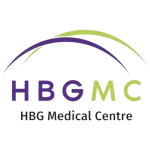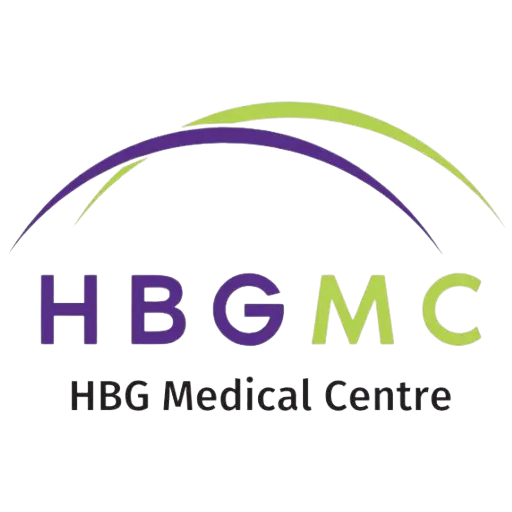Osteoporosis Treatment in Dubai, UAE
An Orthopedic Doctor is someone a patient may consult to have major or minor operations or surgeries on their bones and joints – like joint replacements of hips, knees, shoulders; disc or back surgeries; tendon repairs or arthroscopies.
Besides surgery, the Orthopedist may give you joint injections or refer you to a Rheumatologist or Physical Therapist.
More than 100 types of arthritis and bone and joint ailments are treated at the Dr. Humeira Badsha Medical Center. Our experts are skilled in the latest treatment methods such as biological drugs, musculoskeletal ultrasound as part of the clinical examination, disease activity scores, and ultrasound-guided joint injections.
- Osteoporosis is the main focus area at the Dr. Humeira Badsha Medical Center. Our doctors are experts in helping you manage the condition with medical care and lifestyle changes.
What Causes Osteoporosis?
From childhood to early adulthood, more bone is formed than absorbed in our body. After age 35, the body starts to lose very small amounts of bone. After menopause, women will lose bone much more rapidly due to the decrease in estrogen levels. This bone loss will result in reduced bone strength.
What is it Like to Have Osteoporosis?
Osteoporosis can be painful, disfiguring and debilitating. The spine can collapse and lead to a stooped posture and a humped back. When a person falls, the hips, spine, and wrists are easily broken.
What Factors may Make a Person More Likely to Develop Osteoporosis?
The following are risk factors for developing osteoporosis:
- Early menopause before the age of 45 (either naturally or after the surgical removal of the ovaries)
- High intake of alcohol (more than 2 drinks a day) or caffeine
- Cigarette smoking, high caffeine or aerated drinks intake • Low dietary calcium intake
- Lack of exercise, particularly those that use The long bones, such as walking
- Some medications, such as long term corticosteroids
- Some medical conditions such as thyroid disease, disorders of the intestines and kidney
How to Detect Osteoporosis?
Osteoporosis can be detected on plain X-rays and special bone scans such as dual-energy X-ray densitometry.
How to Treat and Prevent Osteoporosis?
Prevention is better than cure. The following are good measures that can be taken to prevent osteoporosis:
- Adequate dietary calcium intake – eat more diary foods like cheese, milk, and foods high in calcium including sardines, almonds
- Avoid smoking
- Avoid heavy alcohol use
- Adequate weight bearing exercises e.g. walking, jogging at least 3 times a week for at least 20 minutes each time
- Calcium and vitamin D supplements should be given to all postmenopausal women. This has been shown to reduce bone loss and prevent osteoporotic fractures.
In a postmenopausal woman with established osteoporosis, medications like bisphosphonates (Fsovance is a weekly tablet and Aclasta is a yearly injection) and Strontium (protelos, a daily powder) are commonly used. Other medications are also available for severe osteoporosis
Calcium content of various foods:
| Milk | 1 Cup | 290 – 300 mg |
| Swiss cheese | 1 slice (oz) | 250 – 270 mg |
| Yogurt | 1 cup | 240 – 400 mg |
| Ice cream | ½ cup | 90 – 100 mg |
| Sardines in oil with bones | 3 oz | 370 mg |
| Tofu | 4 oz | 150 mg |
| Egg | 1 | 55 |
| Turnip greens/kale | ½ cup cooked | 90 – 100 mg |
Exercises and Osteoporosis
- Exercise increases bone density Disuse such as in prolonged bedrest or even in astronauts causes bone loss
- Disuse such as in prolonged bedrest or even in astronauts causes bone loss
- Brisk walking 20 minutes 4 times a week
- Resistance training (hip extensions, lumbar extensions, leg extensions and presses, pullove, torso arm/ rowing, arm cross, lateral raise, chest presses) 15 repetitions
- Avoid risky movements such as heavy lifting, bending, high impact.
Who should have a bone densisty scan?
- Post-menopauasal women – definitely if older than 65 years and consider if 5065- years
- Any adult with one or more fragility fractures ( vertebral spine, etc)
- Anyone with vertebral abnormalities/deformities
- Chronic steroid use
- Primary hyperparathyroidism
- Family history of osteoporosis
- Thyroxine use
- Height loss
- Fractures with mild or disproportionate injuries


